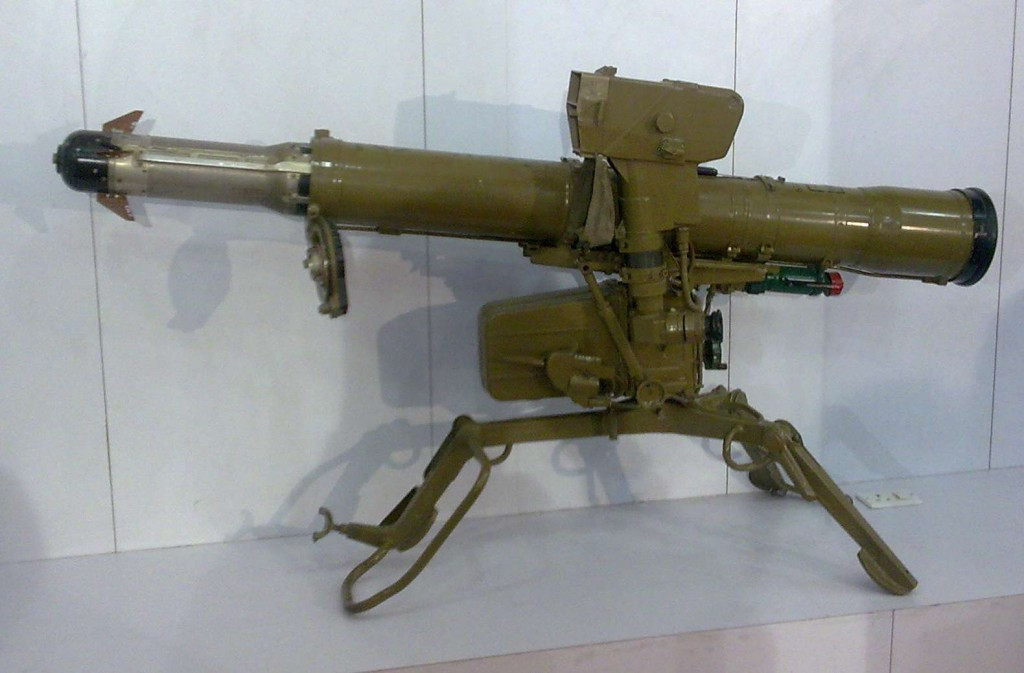
The Russian-designed 9M113 Konkurs (NATO name: AT-5 “Spandrel”)
Exclusively for SouthFront by J.Hawk
Several of recent media reports (including the two videos posted below) featuring units of the Syrian Arab Army and associated militias and Kurdish self-defense forces showed an interesting detail that was missing in earlier such reports: the high level of proliferation of anti-tank guided missiles (ATGMs) and prolific supply of such missiles, as evidenced by the fact they are even used to snipe at individual militants at long ranges.
It’s doubtful this media focus is accidental. Instead, it is intended to send a message to any would-be conventional invaders of Syria (and I guess that would be Turkey). The terrain of northern Syria is ideal for the use of ATGMs. It consists of rugged ridges overlooking the towns and roads located in the low terrain, which offers phenomenal fields of fire to precise long-range weapons. The Israeli Defense Force units operating in Lebanon in 1982 and in subsequent wars (most recently in 2006) have discovered time and again that well-trained infantry forces armed with ATGMs can bring columns of armor to a stand-still. Even the heavily armed Merkava tanks proved vulnerable to Faktoriya, Konkurs, and Kornet missiles.
The Turkish military, by contrast, still relies mainly on unmodernized US-manufactured Patton-family tanks, with a smaller number of German Leopards, some of which may have been upgraded, but even those vehicles would fare poorly against even Faktoriya and Konkurs missiles, as did Saudi-crewed Abrams tanks operating against the Houthis in Yemen. And, of course, lightly armored and soft-skinned tracked and wheeled vehicles would be extremely vulnerable to such weapons, which would preclude any prospect of a rapid Turkish advance. Turkish infantry would have to fight for every ridge (taking casualties from small arms and mortar fire) in order to push back the missile teams.
Given the ease with which such weapons could be supplied in large numbers even by airlift, and the fact that once provided to Syrian Kurds they would quickly proliferate into Turkish Kurdistan, a Russian “asymmetric” response to the Turkish invasion would quickly lead to escalating Turkish military losses not only in Syria but also in Turkey. This is not something that Erdogan can afford to risk. Not because the losses would be so painful to the military itself, but because they would show the Turkish state to be weak and vulnerable to rebellion. For the time being, it is far better for Erdogan to rattle his sabers and rely on the largely untested image of the Turkish military as a formidable military force. Yet in reality this force has major readiness and training problems, and if exposed to serious fighting it would quickly suffer major casualties, with the resulting political backlash threatening Turkey’s political stability.
https://www.youtube.com/watch?v=JJn0kBnoVns
https://www.youtube.com/watch?v=yz6m4kLPJtQ&feature=youtu.be






everything, what is not a heavy battle tank, can be burned down by a cheap, simple RPG7.
ATGM is to go against hardened targets and main battle tanks.